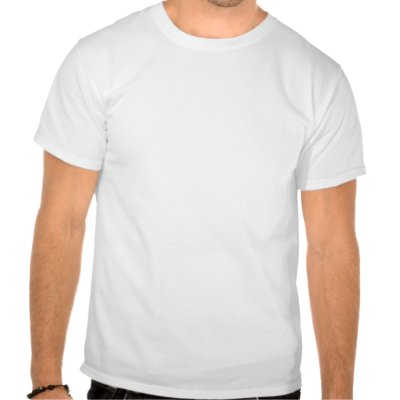
http://www.youtube.com/watch?v=KOZS_...eature=related
The cancan first appeared in the working-class ballrooms of Montparnasse in Paris in around 1830. It was a more lively version of the galop, a dance in quick 2/4 time, which often featured as the final figure in the quadrille. The cancan was, therefore, originally a dance for couples, who indulged in high kicks and other gestures with arms and legs. It is thought that they were influenced by the antics of a popular entertainer of the 1820s, Charles Mazurier, who was well known for his acrobatic performances, which included the grand écart or jump splits—later a popular feature of the cancan. At this time, and throughout most of the 19th century in France, the dance was also known as the chahut. Both words are French, cancan meaning "tittle-tattle" or "scandal", hence a scandalous dance, while chahut meant "noise" or "uproar". The dance did cause something of a scandal, and for a while, there were attempts to repress it. Occasionally people dancing the cancan were arrested but it was never officially banned, as is sometimes claimed. Throughout the 1830s, it was often groups of men, particularly students, who caused the most outrage by dancing the cancan at public dance-halls.
As performers of the cancan became more skilled and adventurous, it gradually developed a parallel existence as entertainment, alongside the participatory form, although it was still very much a dance for individuals and not yet performed on stage by a chorus line. A few men became cancan stars in the 1840s to 1860s, and an all-male group known as the Quadrille des Clodoches performed the dance in London in 1870. But women performers were much more widely known in this period. They were mostly middle-ranking courtesans, and only semiprofessional entertainers—unlike the dancers of the 1890s, such as La Goulue and Jane Avril, who were highly paid for their appearances at the Moulin Rouge and elsewhere. The female dancers of the Second Empire and the fin-de-siècle developed the various cancan moves that were later incorporated by the choreographer Pierre Sandrini in the spectacular "French Cancan", which he devised at the Moulin Rouge in the 1920s and presented at his own Bal Tabarin from 1928. This was a combination of the individual style of the Parisian dance-halls and the chorus-line style of British and American music halls (see below).





 ,
,
